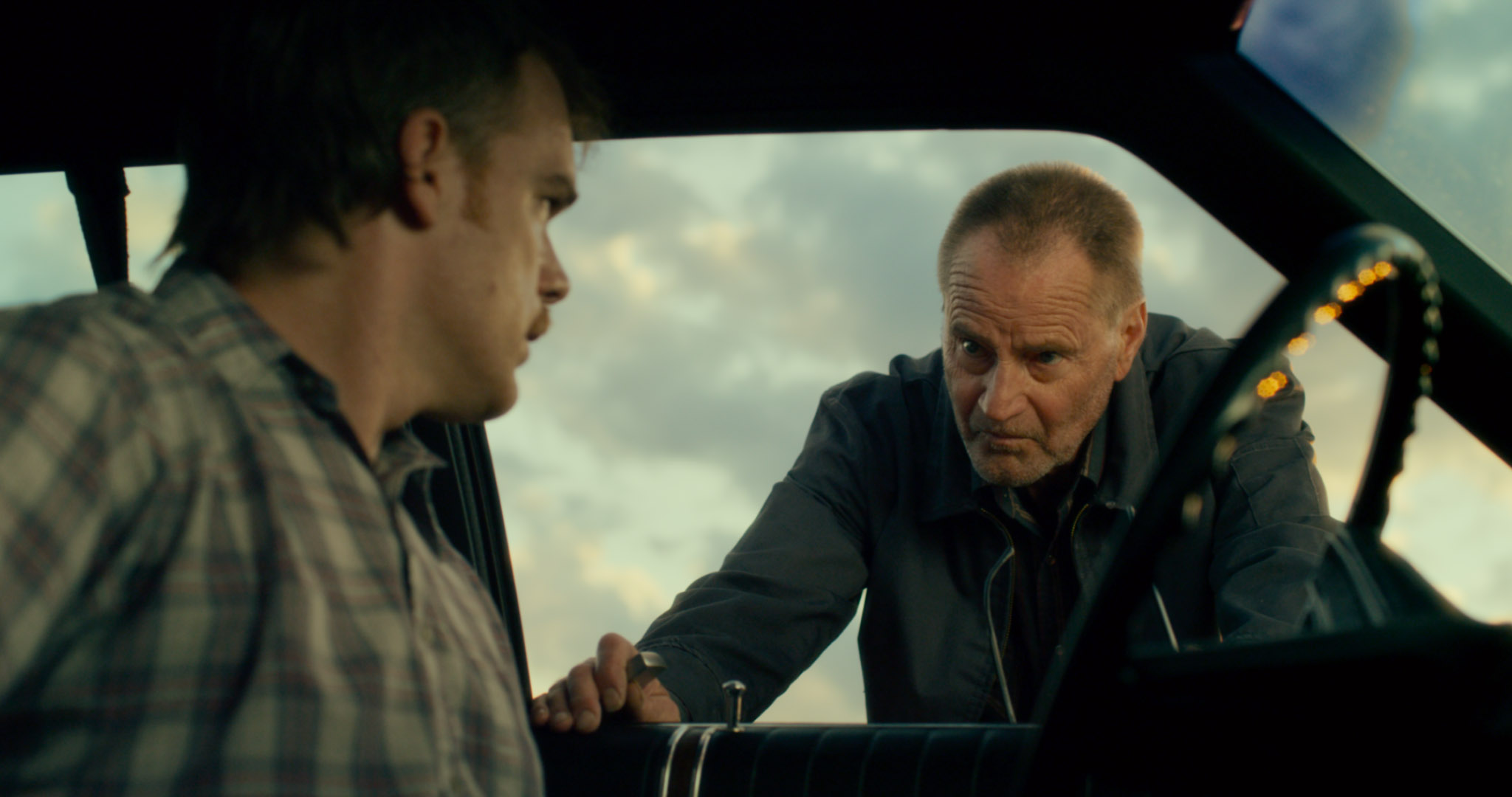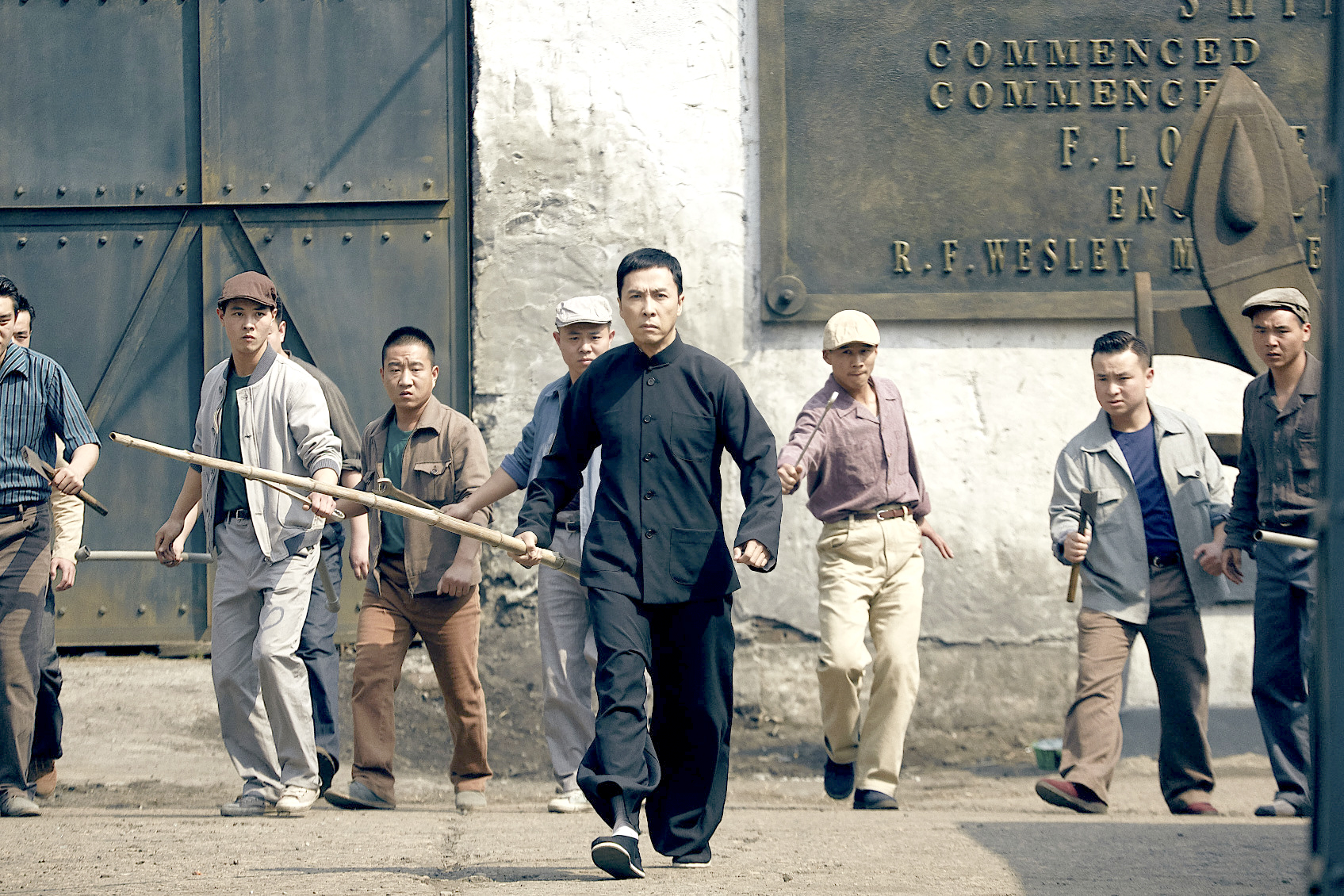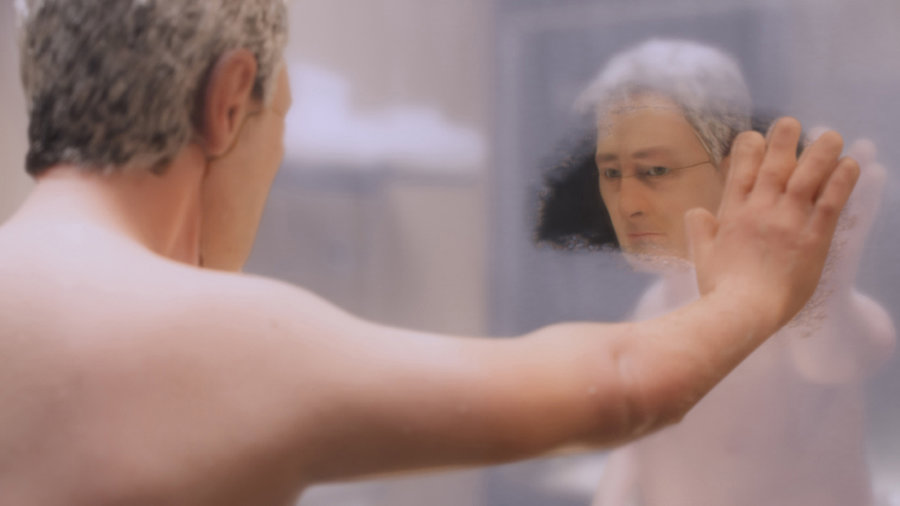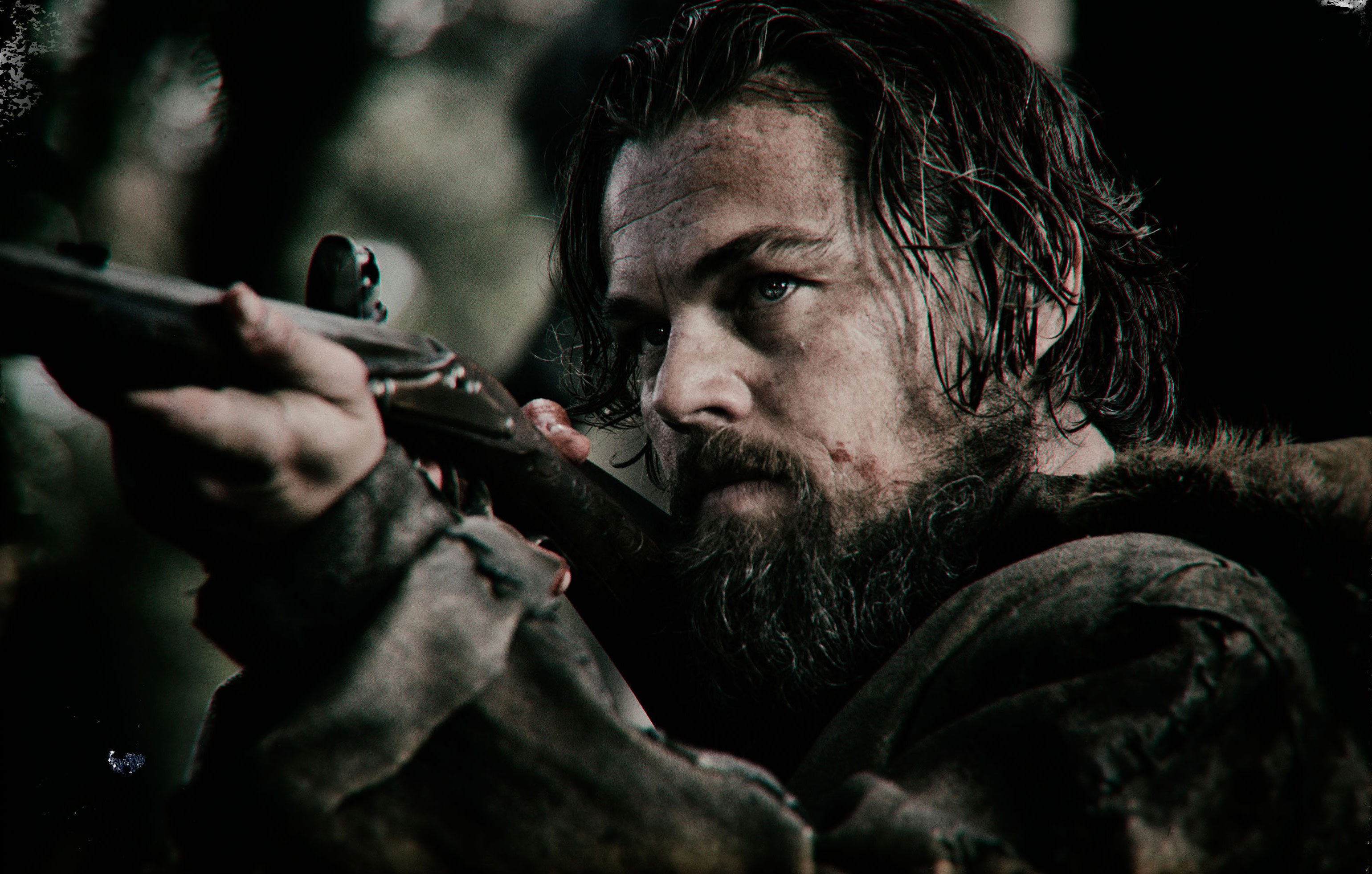Cold in July
Opens Fri., May 23 at Sundance. Not rated. 109 minutes.
Midway through this movie, a junky old Pinto backs into a shiny red Cadillac. A fight results and a piece of plot is revealed, but the memorable thing about the moment is the collision. How did we get to the point where a pale blue, half-wrecked Pinto should occupy the same space as this gaudy, mint-condition Cadillac? That disconnect is actually at the heart of Cold in July, an uneven but densely packed new drama from a prolific young director, Jim Mickle. His previous films, Stake Land and We Are What We Are, delved into horror, but with wry detachment and flickering humor.
The genre of Cold in July is the modern-dress Western, drawn from a novel by Joe R. Lansdale. Richard (Michael C. Hall), a mild picture-framer in a Texas town, shoots a home intruder in the opening scene. It’s the 1980s, which we know because Dexter star Hall sports a hideous mullet. The dead man was a real bad guy, and Richard was protecting his wife (Vinessa Shaw) and child; in fact the shooting is so justified that the sheriff (screenwriter Nick Damici) is downright eager to bury the body and close the case.
Alas, the dead man’s hard-case father (Sam Shepard) shows up in menacing form—his introduction, suddenly looming within the off-kilter frame of a car window, is one of Mickle’s visual coups. The old man looks like he’ll be trouble, and he will, but there’s much more to the story than we’d been led to believe. The film not only adds plot twists to its roll-out, but also some alarming shifts in tone—suddenly we’re careening from suspenseful noir to buddy-movie hijinkery to solemn vengeance against the purveyors of snuff movies.
One of the bigger shifts comes with the arrival of a private detective, Jim Bob Luke; he’s the guy with the red Caddy, and he favors a 10-gallon hat and boots suitable for cow-pie kicking. Don Johnson has fun in the role, even if his good-ol’-boy routine temporarily dissipates the film’s tension. (Johnson was slimmed-down and sassy in The Other Woman, too—could we really be witnessing a Sonny Crockett renaissance?) But based on his previous work, these radical turns seem intentional on Mickle’s part—momentarily confusing as they might be, they keep us alert and wondering what kind of movie we’re watching. Mickle might be just a couple of steps from making a masterpiece, and while Cold in July is certainly not that, “stylish and unpredictable” is not a bad foundation on which to build.
film@seattleweekly.com







